Exploring New York’s Industrial Past in "Cathedrals of Industry"
Join photographer Michael L. Horowitz for a journey through 50 years of photographs!


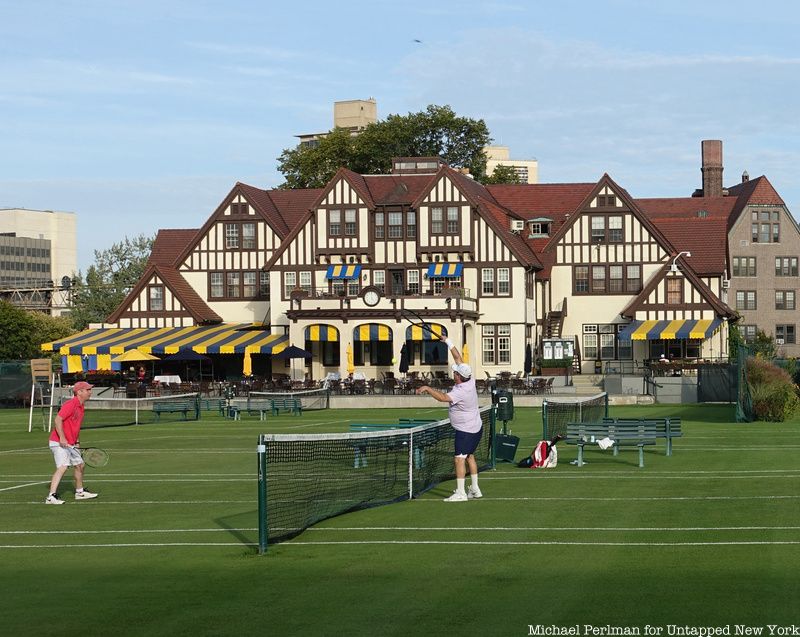
This year’s U.S. Open Tennis Championships are underway! Thousands of tennis fans are making the trip to Flushing Meadows-Corona Park to see some of the most talented tennis players in the world in the men’s and women’s singles, men’s and women’s doubles, and mixed doubles events. Nearly every year since 1978, the USTA Billie Jean King National Tennis Center has been a bustling destination around August and September for top-tier Grand Slam tennis, though this wasn’t always the case. In fact, there were eight previous venues of the U.S. Open, or what was then called the U.S. National Championships. Originally only letting amateur tennis players play, the tournament expanded over the years to larger venues, including one in Forest Hills. Though it wasn’t until 1967 that all five events would be held at the same stadium. Read on to learn more about the previous venues of the U.S. Open, including some rather surprising locations.
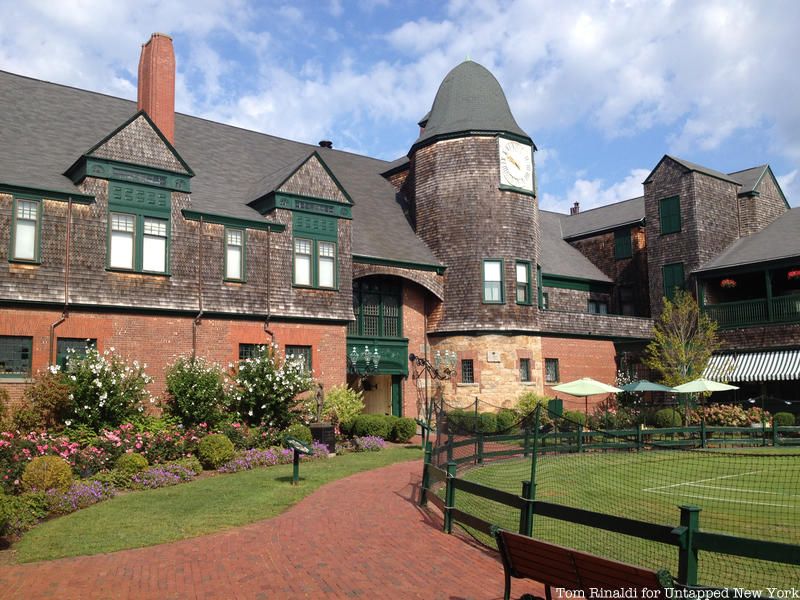
Before finding a home in Flushing Meadows and Forest Hills, the U.S. Open Tennis Tournament’s took place in Newport, Rhode Island at the current International Tennis Hall of Fame, which opened in 1954. When the tournament began in 1881, it was located at the Newport Casino, a social club commissioned by New York Herald owner James Gordon Bennett Jr. At the time, the “Casino” was not a place for gambling but rather for socializing; it was a Gilded age social club. According to legend, in 1879, Bennett lost a bet with his polo partner Captain Henry Augustus Candy, whom he dared to ride a horse onto the porch of the nearby Newport Reading Room. Candy rode his horse right into the club itself, after which he lost his membership, creating a need for another social club. Though in reality, according to the International Tennis Hall of Fame, Bennett already had designs for another social club in Newport across from his home, the Stone Villa.
Bennett Jr. hired Charles McKim and Stanford White of architectural firm McKim, Mead & White; White also designed the headquarters of the New York Herald on present-day Herald Square. The shingled, manor-style complex resembled the country clubs of England, a common theme of the American elite. The Newport Casino opened on July 26th, 1880, featuring lawn tennis courts, an indoor facility with more tennis courts, a bowling alley, and a 500-seat theater. On August 31, 1881, the first-ever U.S. National Men’s Singles Championship was held at the Newport Casino, with 25 competitors — and a string quartet for entertainment. Dick Sears was crowned the first men’s singles champion, winning the next six tournaments as well as the doubles championships five times. Until 1886, the tournament was also men-only, though the Newport Casino never hosted any women’s matches.
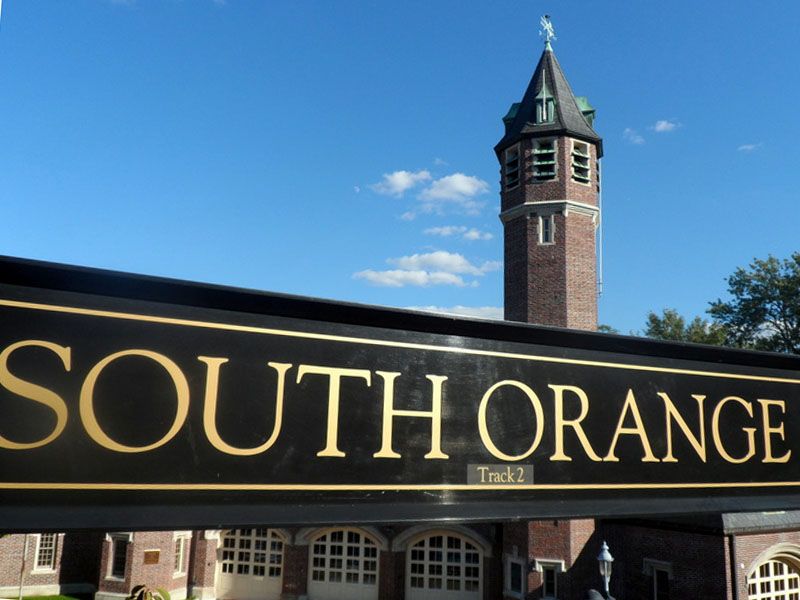
Orange Lawn Tennis Club in South Orange, New Jersey, is the state’s second-oldest tennis club. It was established in 1880, three years after the Seabright Lawn Tennis and Cricket Club was founded in Rumson, New Jersey. The Orange Lawn Tennis Club only hosted the men’s doubles tournament once. Since its 1887 inauguration in the U.S. Open catechism, the men’s doubles tournament has become one of the bases of the tournament.
At the time that the Orange Lawn Tennis Club hosted the U.S. Open, the club was one of the most successful in the country, hosting the Middle States Championships and having many nationally ranked members play in the tournament. William Larned, who was the national champion eight times, is one of the most memorable of those players. The club later hosted the 1946 Davis Cup, which included five teams in the American zone and 15 in the European zone.

The Philadelphia Cricket Club is the oldest country club in the U.S. Founded in 1854, the club was one of the founding members of the United States Tennis Association (USTA) and hosted the inaugural U.S. Women’s National Singles Championship in 1887. Starting off as a singles tournament, the women’s championship was played on grass and was first won by 17-year-old Ellen Hansell, followed the next year by Bertha Townsend. The tournament used a system in which the defending champion automatically made it to next year’s final, so Hansell only played Townsend and lost, retiring just two years later.
From 1889 to 1891, women’s singles and women’s doubles were played at the club. Then from 1892 to 1920, women’s singles and women’s doubles, as well as mixed doubles, were played here before the tournament moved to New York. Over the years, after the U.S. Open moved, the Philadelphia Cricket Club has hosted USTA championships for players aged 30-35 and over 70. The club also hosts golf tournaments, as well as the Philadelphia International Cricket Festival.
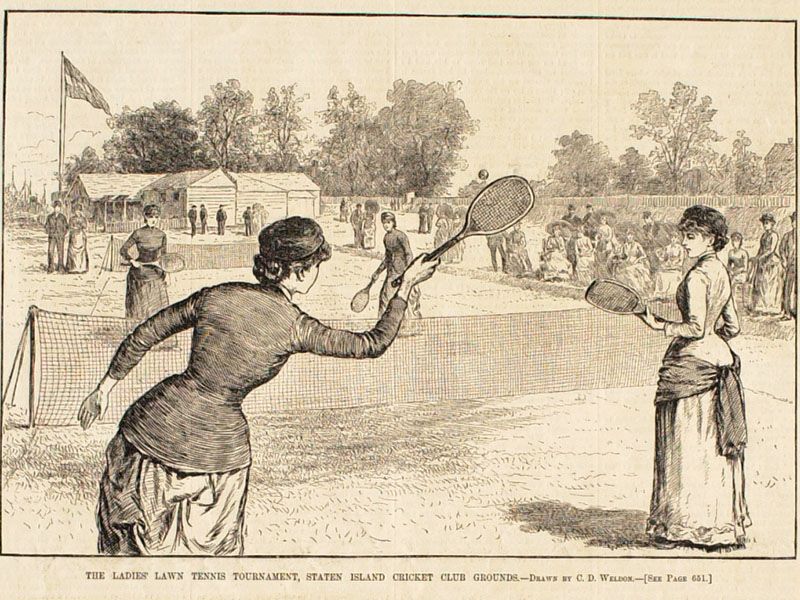
The Staten Island Cricket Club was arguably the first tennis venue in the U.S., introducing the sport in 1874. The club also claims to be the oldest continuously operating cricket club in the country, as it started in 1866. Before the U.S. Open briefly came to the club, it hosted a national tennis tournament in 1880. The tournament was arranged by Eugenius Harvey Outerbridge (the namesake of the Outerbridge Crossing), bringing in 23 players including three from Flushing, the home of the U.S. Open today. The tournament also marked the debut of the accomplished tennis duo James Dwight and Richard Sears. Outerbridge was responsible for assembling the nation’s first national governing body for any sport, which would later become the USTA, and Dwight went on to head the association for 21 years.
In 1888 and 1889, the club hosted the U.S. Open men’s doubles before the tournament returned to Newport Casino. Oliver Campbell and Valentine Hall won the men’s doubles matches in straight sets. Outside of this event, though, the club is perhaps better known for its cricket scene, attracting legendary players like Gilbert Jessop, Donald Bradman, and Everton Weekes.
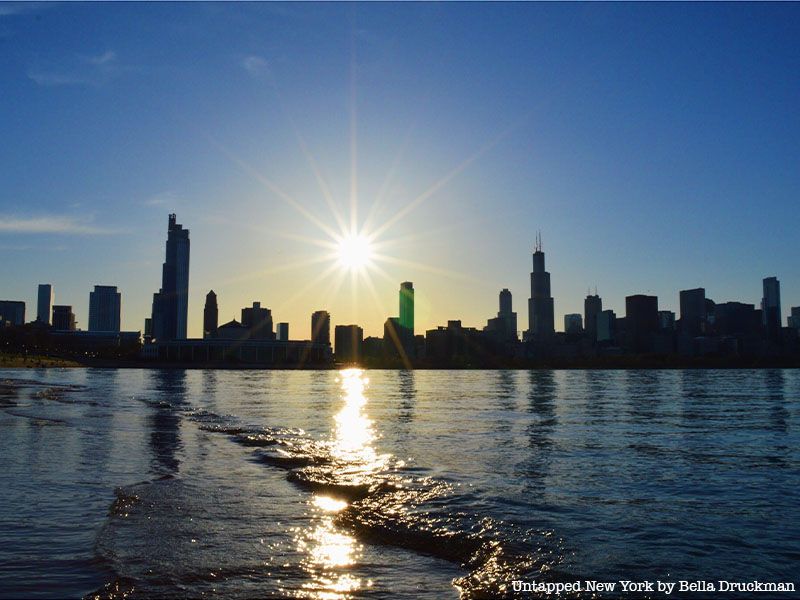
For just one year in 1893, the St. George Cricket Club in Chicago hosted the men’s doubles event, while the men’s singles event was held in Newport. Played between July 25 and 29, the 13th U.S. National Championships was won by Clarence Hobart and Fred Hovey against Oliver Campbell and Bob Huntington.
Few historical records mention much about the tournament at the St. George Cricket Club, though some records show there were hundreds in attendance watching some of the country’s best men’s double players.

For six decades, the U.S. Open took place at the West Side Tennis Club in Forest Hills, Queens from 1915 to 1920 and from 1924 to 1977. There was skepticism at the time about the viability of hosting such a major tournament in Forest Hills; A.L. Hoskins, Vice President of the United States National Lawn Tennis Association, told The New York Times, “The West Side Tennis Club on Long Island is merely a landscape and not a suitable place to hold a national tourney.” Shortly after, delegates at the annual United States National Lawn Tennis Association (USNLTA) meeting narrowly voted to relocate the tennis championships to The West Side Tennis Club, which featured a Tudor-style clubhouse and dozens of tennis courts. The club was founded on the Upper West Side in 1892, though the 14,000-seat Forest Hills Stadium was built in 1923 specifically to host the tournament.
The venue later hosted The Beatles, Frank Sinatra, and Bob Dylan, though in 1978, the USTA moved the U.S. Open to USTA Billie Jean King National Tennis Center. The last year of the tournament was quite a sight. At the 1977 U.S. Open, a spectator was shot in the leg during a match, which was especially concerning considering bomb threats, protests, and riots in the city. The 1977 tournament featured Renée Richards, a transgender tennis player who was allowed to compete as a woman. The ‘77 Open also marked the debut of the “spaghetti racket,” which made the balls move in unpredictable directions (though it was banned shortly after). After the U.S. Open departed, Forest Hills Stadium fell into disrepair, and LPC officials refused to grant landmark status to the stadium due to its extensive deterioration. However, the stadium underwent a major overhaul in 2013 and has remained a popular concert destination ever since.
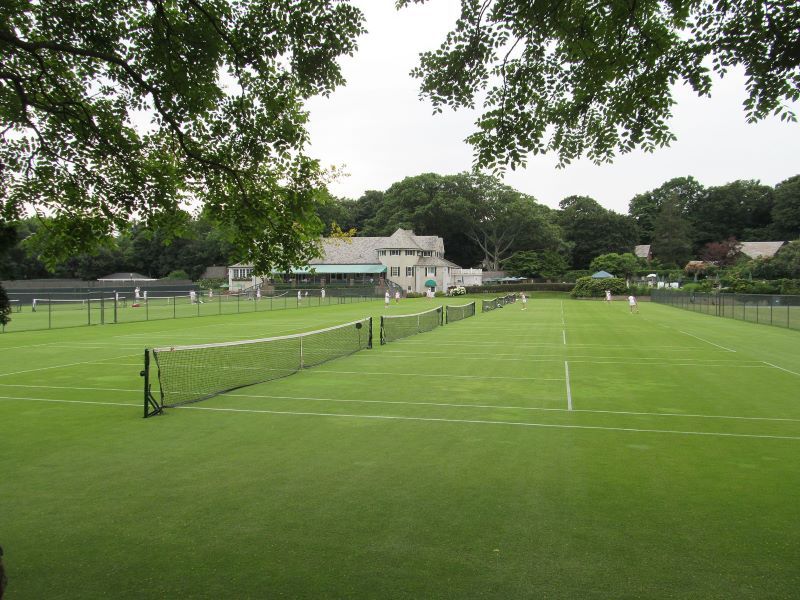
While most of the playing between 1917 and 1967 was in Forest Hills, Longwood Cricket Club in Chestnut Hill, Massachusetts had its fair share of action. The Longwood Estate on the outskirts of Boston began as a cricket club in 1877 and attracted notable baseball players Harry and George Wright. Lawn tennis courts were built in 1878, and in 1900, the first Davis Cup (an international team tennis event) was held here. The U.S. Pro Tennis Championships were also held here from 1964 to 1999.
The club’s grass courts hosted the 1917 to 1933 men’s doubles, 1935 to 1941 men’s and women’s doubles, as well as mixed doubles, and 1946 to 1967 men’s and women’s doubles.
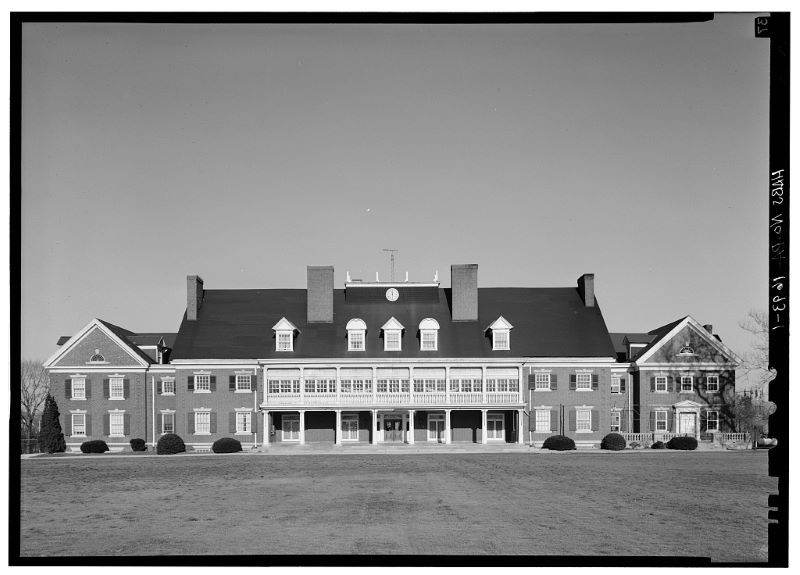
Germantown Cricket Club in Philadelphia also took on hosting responsibilities for a few years, hosting women’s singles from 1921 to 1923 and men’s and women’s doubles in 1934. Founded in August 1854, the club is often considered the second oldest in the country and was one of the city’s primary cricket clubs. The clubhouse was designed by McKim, Mead & White and was designated a National Historic Landmark. The club continues hosting private tennis, squash, and swimming events.
All three women’s singles finals at the club included Molla Mallory, a Norwegian tennis player who won a record eight singles at the tournament. In a particularly controversial showing at the 1921 tournament, Mallory’s opponent Suzanne Lenglen informed the official she was too ill to continue playing after losing severely, which led the USTA to accuse her of feigning illness. Mallory would win the 1921 and 1922 singles events but lost in 1923 to Helen Wills, who won 31 Grand Slam tournament titles throughout her career.
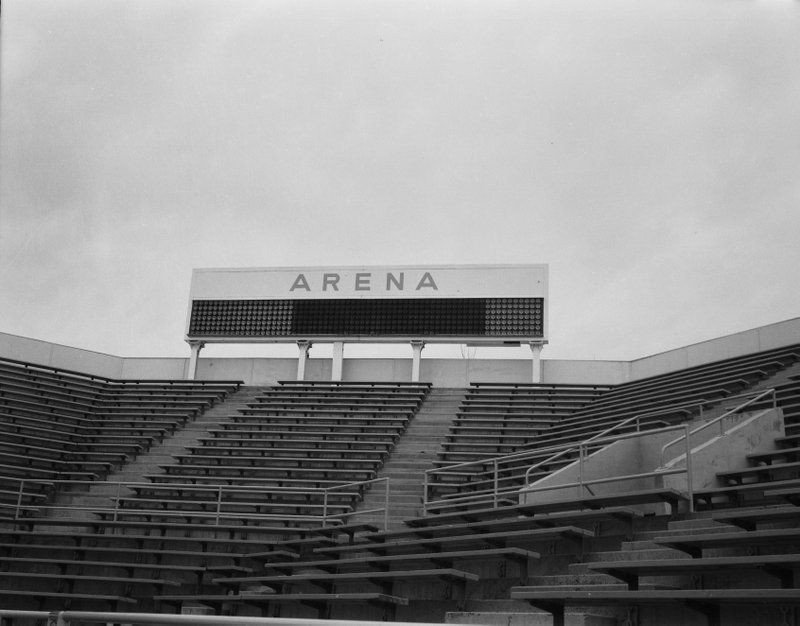
In 1978, the U.S. Open moved to USTA Billie Jean King National Tennis Center in Flushing Meadows-Corona Park, where it has been ever since. King won the U.S. Open singles in 1967, 1971, 1972, and 1974, as well as women’s doubles five times and mixed doubles four times. All five U.S. Open events have been played here each year, including at Louis Armstrong Stadium, named for the jazz musician whose house museum is nearby in Corona, Queens. The Louis Armstrong Stadium was the primary venue of the U.S. Open until the construction of Arthur Ashe Stadium in 1997. The Louis Armstrong Stadium was demolished and rebuilt in 2016, though the original stadium was a remnant of the 1964-65 World’s Fair: the Singer Bowl. The Singer Bowl was constructed by the Singer Sewing Company with a capacity of 18,000 people and has hosted the U.S. Olympic trials and folk festivals. Later on, the Singer Bowl hosted The Doors, The Who, and Jimi Hendrix, while the Mets put on a fireworks display at the stadium to celebrate the 1969 World Series win.
The President of the USTA, W. E. “Slew” Hester, flew to LaGuardia Airport in January 1977 and saw an abandoned Singer Bowl, which was closed in 1974 after it fell into disrepair. Slew wanted to renovate the stadium in exchange for a 21.6-acre lease of the park. The whole new tennis center was built quickly, though corners were cut in reconstructing the Singer Bowl, including maintenance issues from steep seating. In 1997, the top deck of the Louis Armstrong was removed to make way for the Arthur Ashe Stadium, cutting Armstrong’s capacity in half. In 2017, a new Grandstand was opened and the Louis Armstrong Stadium was completely rebuilt, sitting 15,000 with a retractable roof. All 33 courts had used DecoTurf until 2020 when USTA announced they would be switched to Laykold. Arthur Ashe Stadium today can seat over 23,000 people, making it the largest Grand Slam tennis stadium by capacity.
Next, check out the Top 10 Secrets of the U.S. Open Tennis Championships!
Subscribe to our newsletter